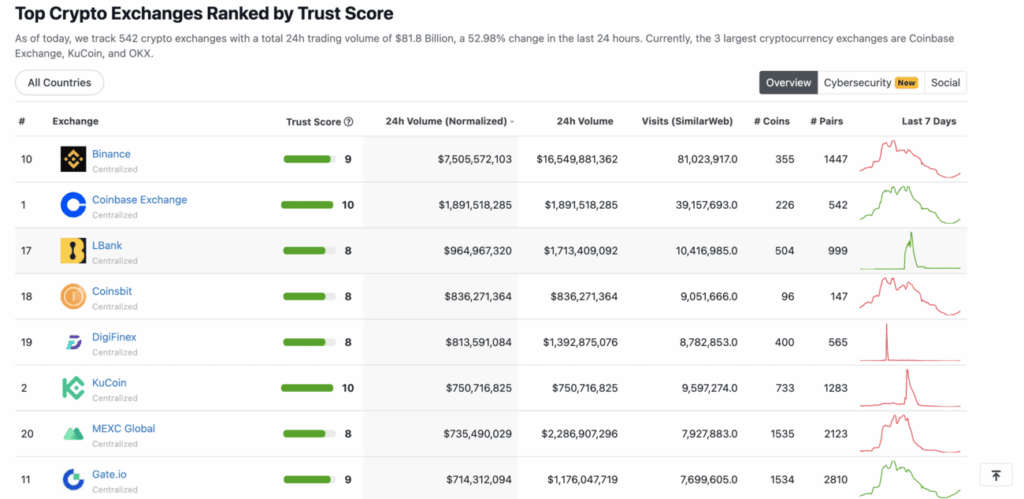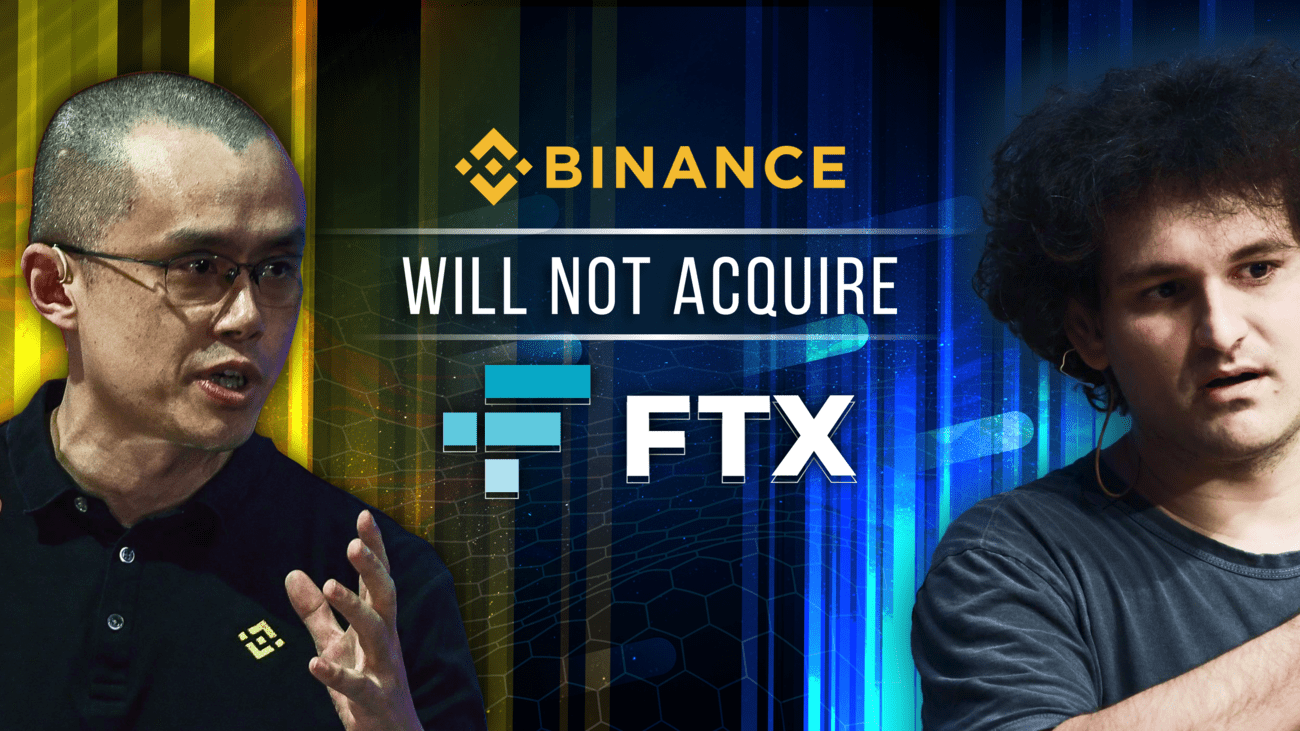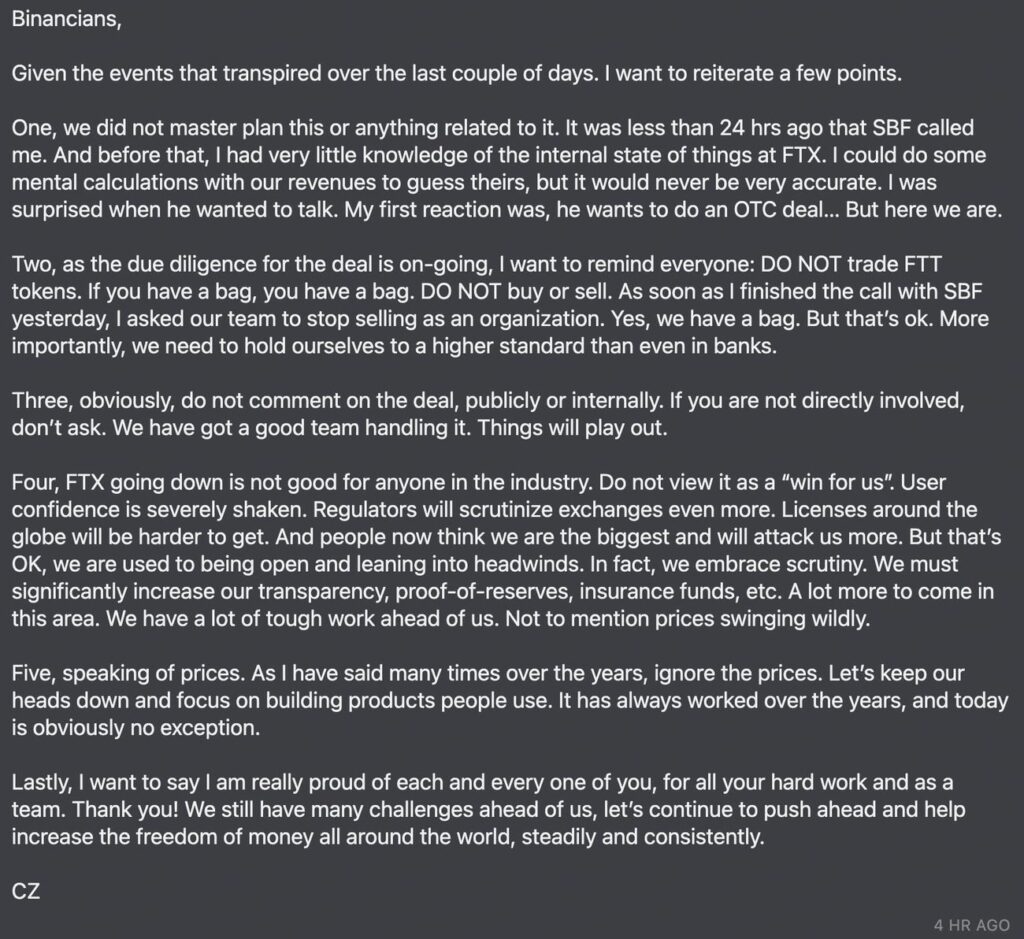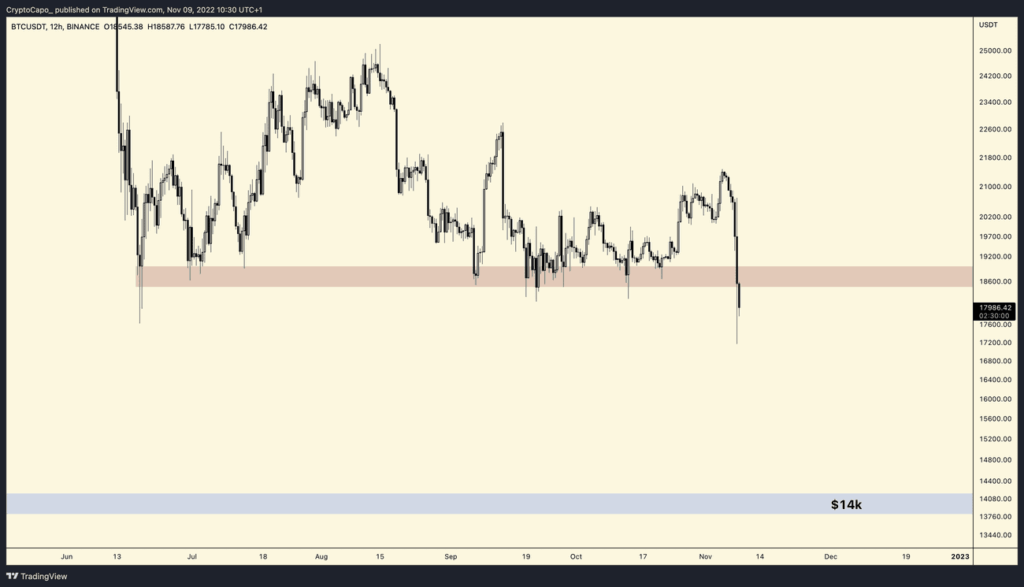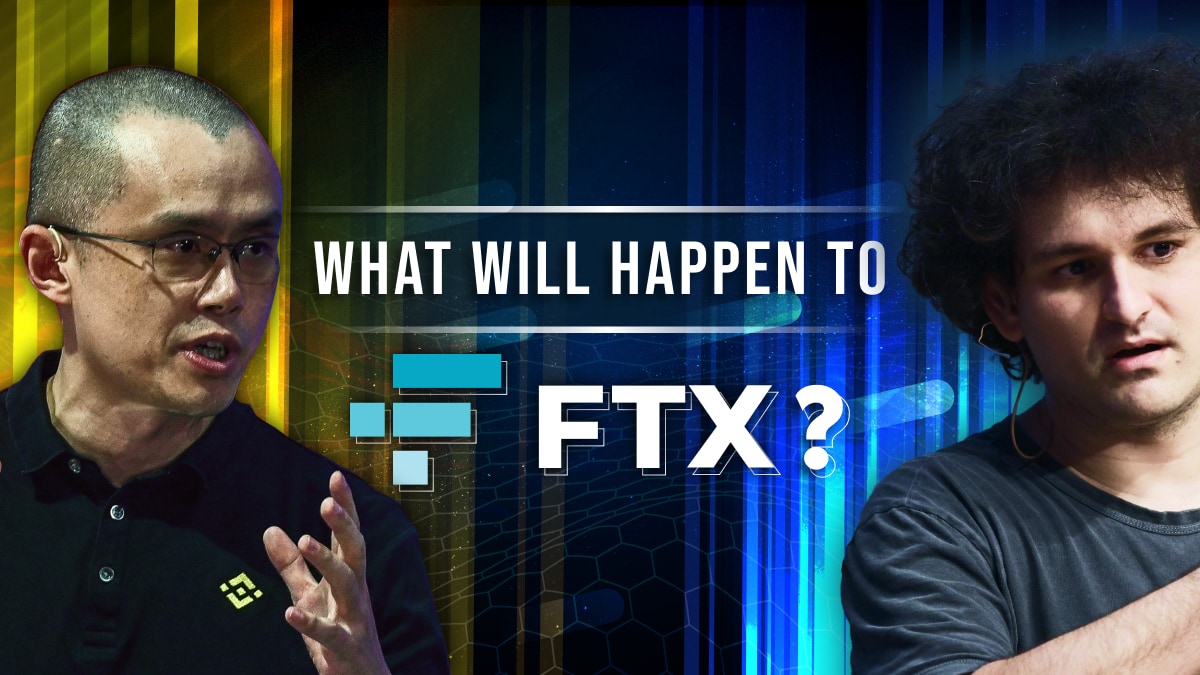U.S. Government Launches Website for Victims of FTX Collapse
The U.S. government has launched a website for victims of the FTX collapse to communicate with law enforcement in regards to former FTX CEO Sam Bankman-Fried’s “alleged” fraud. In an order late Friday night, U.S. District Judge Lewis Kaplan in Manhattan authorized federal prosecutors to use the website to speed up the process given the massive scale of the FTX collapse.
FTX owes money to at least 1 million people including creditors and customers. This would help prosecutors with their case immensely as it is ‘”impractical” to contact each victim individually and get their testimony, the prosecutors remarked in the court filing.
Federal Law Requires Prosecutors to Contact FTX Victims
Federal law requires prosecutors to contact possible crime victims to inform them of their rights, including the rights to obtain restitution, be heard in court and be protected from defendants. “If you believe that you may have been a victim of fraud by Samuel Bankman-Fried, A/K/A/ ‘SBF,’ please contact the victim/witness coordinator at the United States Attorney’s office using the email address listed below for assistance in verifying whether you are a victim in this case,” stated in the website.
In criminal cases, prosecutors are required to notify victims ahead of plea or sentencing proceedings and allow them enough time to give testimony if they want to be heard. Based on the number of victims who provide such notice, the court will rule on the manner in which victims will be heard at such proceedings,” Kaplan wrote in his court order.
FTX Victim Testimonies Strengthen Arguments
Recently, Bankman-Fried has pleaded not guilty to eight counts of wire fraud and conspiracy over the FTX collapse. Prosecutors have said he stole billions in customer deposits to pay debts for his hedge fund, Alameda Research, and lied to investors about the exchange’s financial condition.
Though Bankman-Fried has acknowledged risk management shortcomings, he did not consider himself criminally liable. In such a case, the direct evidence regarding the case may not be enough, hence testimonies of the victims can greatly strengthen arguments. Moreover, for the many other victims who did not come forward to cite legal trouble or other factors, this website could help them take the first step to recover their funds, and build a stronger and more compelling case with their testimonies, given the massive scale of damage Bankman-Fried has done.
FTX Owes Money to Over 1 Million People
The US Attorney suggests more indictments to follow. According to FTX’s bankruptcy filing on November 11, it owes money to more than 100,000 creditors and at least 1 million affected FTX and FTX US users.
John Ray, currently CEO of FTX, testified at the U.S. House Financial Services Committee in December, asserting that his team is implementing a restructuring plan that will potentially help customers and creditors get their money back.
One of the core objectives is asset protection and recovery. It involves extensive tracing of money flows and asset transfers from the time of FTX’s founding. Ray said that they are in the process of “collecting and reviewing dozens of terabytes of documents and data, including records of billions of individual transactions.”
U.S. Customers Accounted for 2% of All FTX Traffic
In an analysis of monthly active user data by CoinGecko, customers in the U.S. accounted for 2% of all traffic. Ray mentioned in his testimony that there were 2.7 million users in FTX US and 7.6 million users in FTX. But since “a small number of U.S. customers” were also among the FTX users, he overstates the actual customer relationships due to the possibility a customer may have more than one account.
Therefore, Ray aims to get to the bottom of the actual customer numbers. And the website for FTX victims can help speed up the process by providing information and clarity, since it is unlikely that most customers will not be able to appear at the Manhattan court in person.



